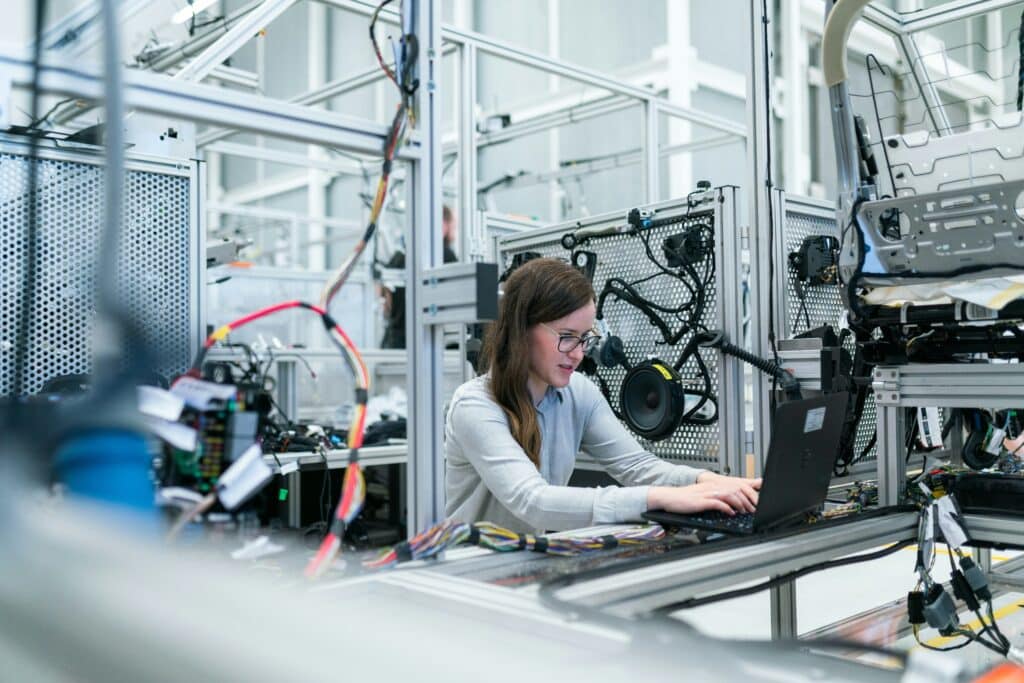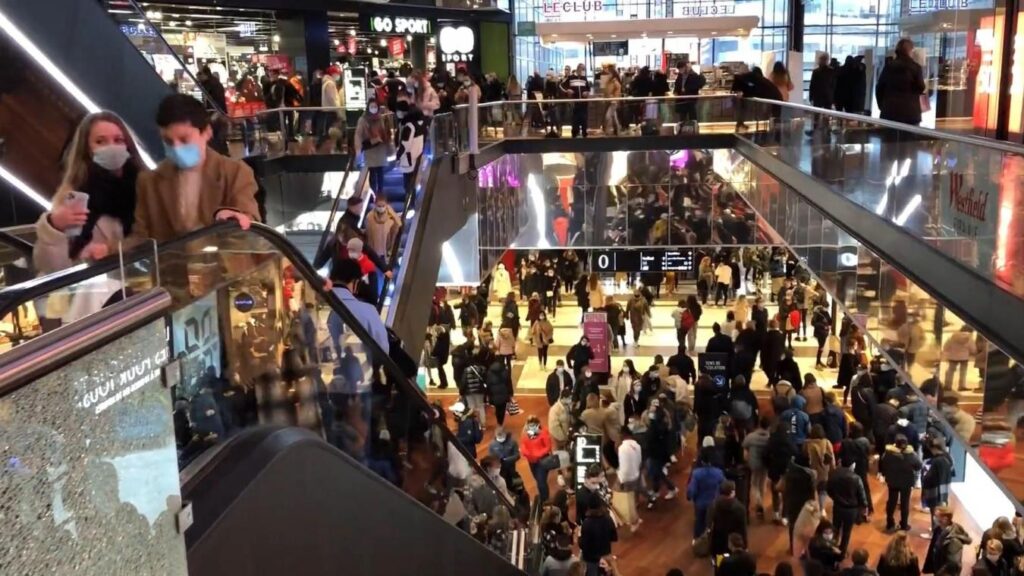With the number of requests it receives increasing year on year, the roads department is a little-known part of the public service, yet one that plays a key role in the organization of a local authority. By regulating traffic for local residents, parking for mobility users and carrying out major works, municipal roads play an essential role in the daily lives of residents. Its scope doesn’t stop there, as it also covers all the city’s equipment (street lighting, signage, parking meters, etc.).
Faced with such responsibilities, even partial disorganization could quickly lead to chaos. What is the role of roads? Who maintains it? How do connected roads work? We help you remember the essentials.
What are roads and external works?
The roads department is the public authority that establishes, maintains and preserves roads for public use. There are several types of road: regional, provincial and communal. Each of them contributes to the mobility and safety of local residents on different perimeters. The abbreviation VRD (voiries et réseaux divers – roads and miscellaneous networks) refers to works to develop an area, construct buildings and connect them to the existing network. The most common tasks performed by municipal roadways include cleaning, maintaining and repairing sidewalks. Depending on residents’ requests and the various periodic events, it may also be called upon to carry out more occasional tasks such as sanding, clearing snow from the streets or installing Christmas decorations. In this context, good road management is essential to the functioning of a city and contributes to the safety of its inhabitants.

How does the road system work?
Each year, the town council draws up its roadworks program in response to the needs and expectations of residents. To carry out its projects, it maps the territory, makes budgetary choices and coordinates its teams in the field. These projects can take the form of street repairs, the installation of a telecommunications network or the development of sidewalk accessibility for people with reduced mobility. Nevertheless, its main objective remains the installation of structures essential to the circulation of residents. To improve communication between users and the town hall, some road authorities are innovating, such as the Paris road authority, which has set up a mobile application for reporting anomalies and transmitting new proposals in real time. Other authorities, such as the Suresnes and Saint-Cloud road authorities, are also very active in offering parking programs adapted to the different means of locomotion in town.
Who is the road manager?
To understand who is responsible for road management, we need to separate the different types of road. Departmental roads belong to the département, while national roads are the responsibility of the State and the Ministry of Ecological Transition. Finally, the Municipal Council is responsible for decisions relating to municipal roads. It is managed in the city by the municipal road network, also known as the “urban road network”. In this context, the mayor can be held responsible for complications arising from a lack of maintenance in his city, as he has certain obligations within his territory. In the event of a problem with the road service, users must first notify the town hall.
Who is responsible for road maintenance?

Maintenance is carried out by roadworkers, who are civil servants. In charge of operating and maintaining the town’s roads, this hands-on job involves mastering a number of technical concepts, as well as a wide variety of day-to-day tasks. Agents are usually grouped together in the local authority’s technical department, and are equipped with the equipment they need to maintain the urban landscape. They are also called upon to intervene at the request of users when justified and validated in advance by the town hall.
What is a “arrêté de voirie”?

The arrêté de voirie is the official document combining the permission and the accord de voirie. Permission de voirie is the document that authorizes work to be carried out along the roadside and on the public domain, while the accord de voirie applies only to concessionaires such as EDF and GDF. The Cerfa 14023*01 form, available online, is used to apply for authorization to occupy the public domain. The reasons for the request can be diverse: access development, parking on the public highway, fencing or the installation of pipes under the sidewalk. The order must include information identifying the commune, the nature of the project, its technical characteristics, the measures to be taken prior to the work and the conditions of execution. The deed is signed by the Mayor or his representative and sent to the department responsible for road network management.
Parking permits for removals
It should be noted that in certain situations, the bylaw may also apply to private individuals. If you’re moving house, for example, you can block off your street to park your truck, van or car. Thus, subject to official authorization, one or more parking spaces can be reserved on D-Day. The procedure is carried out at the town hall or on the Internet between 3 and 4 weeks in advance. As a result, a municipal by-law is required to park the removal vehicle.
What are connected roads?

A real pillar of the smart city, connected roadways contribute to the deployment of devices that considerably improve traffic flow for pedestrians, cyclists and motorists. Thanks to the integration of technology, more efficient road management contributes to the well-being of its users. The plan includes more appropriate use of infrastructure and the introduction of autonomous equipment such as connected objects and intelligent parking. Using sustainable solutions, connected roadways promote energy management (optimal adjustment of street lighting power, installation of intelligent streetlights, etc.). For the city, the cost savings can add up quickly, while at the same time enhancing the well-being of its residents. Cocoparks makes its technology available to local authorities to make parking more accessible and smarter. Quick to set up and maintenance-free, it helps accelerate the development and attractiveness of cities. Cocoparks also helps you analyze your equipment data to optimize its long-term performance. Thanks to connected roadways, your city will soon hold no secrets for you!
So, are you ready to energize your region?


